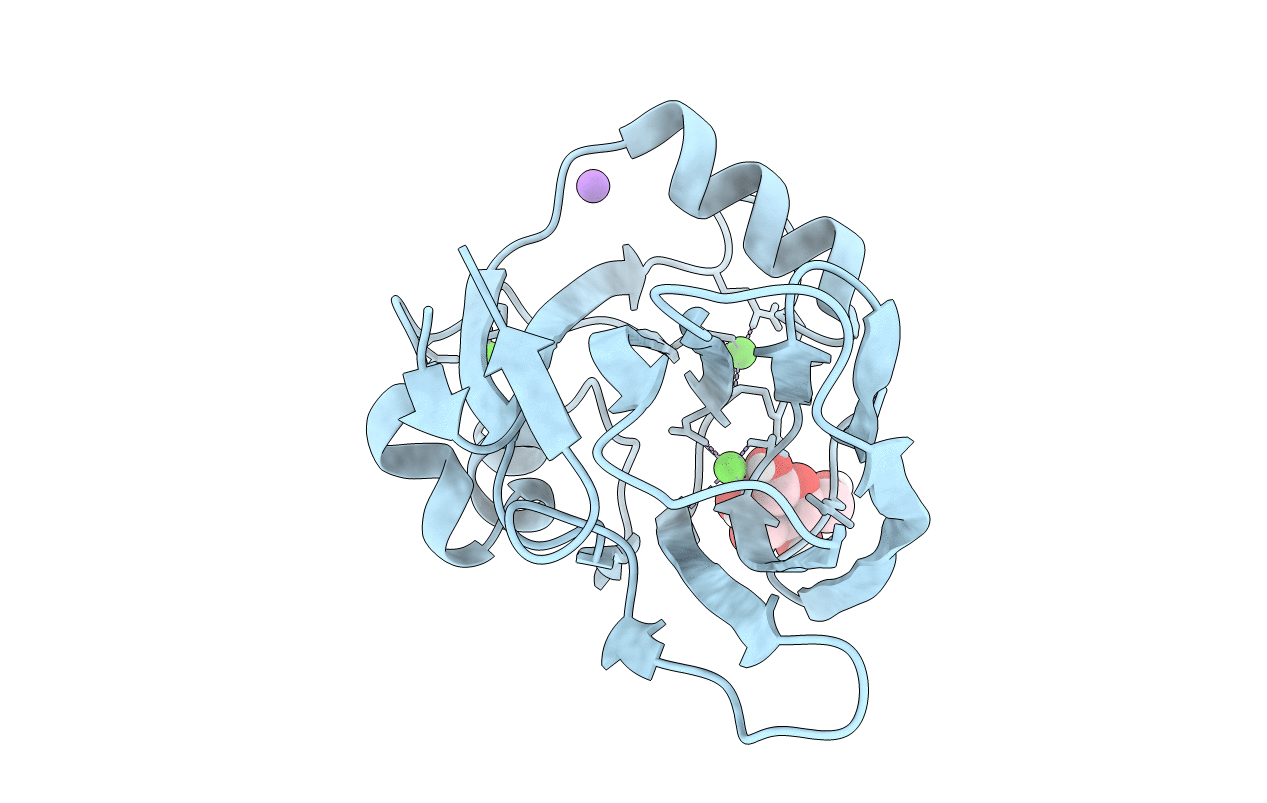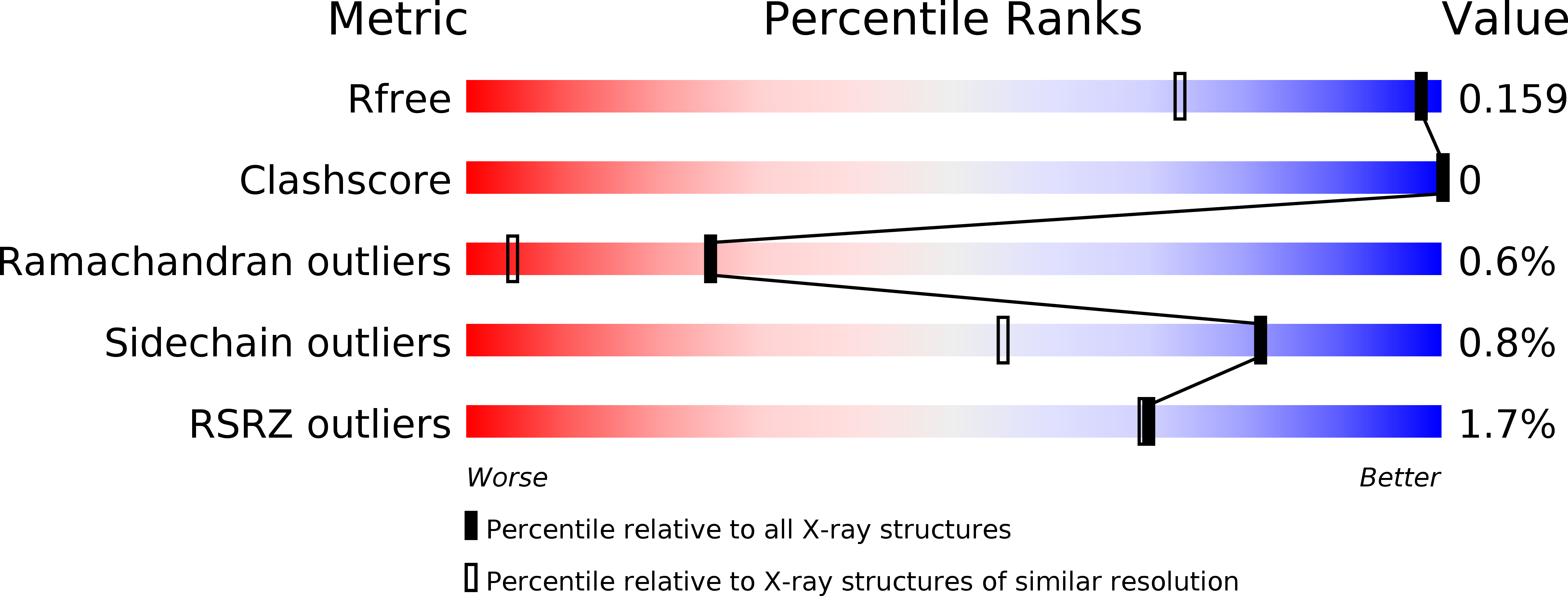
Deposition Date
2018-08-22
Release Date
2019-09-04
Last Version Date
2023-10-11
Entry Detail
Biological Source:
Source Organism:
Marinobacter hydrocarbonoclasticus ATCC 49840 (Taxon ID: 1163748)
Host Organism:
Method Details:
Experimental Method:
Resolution:
1.20 Å
R-Value Free:
0.15
R-Value Work:
0.14
R-Value Observed:
0.14
Space Group:
P 2 21 21


